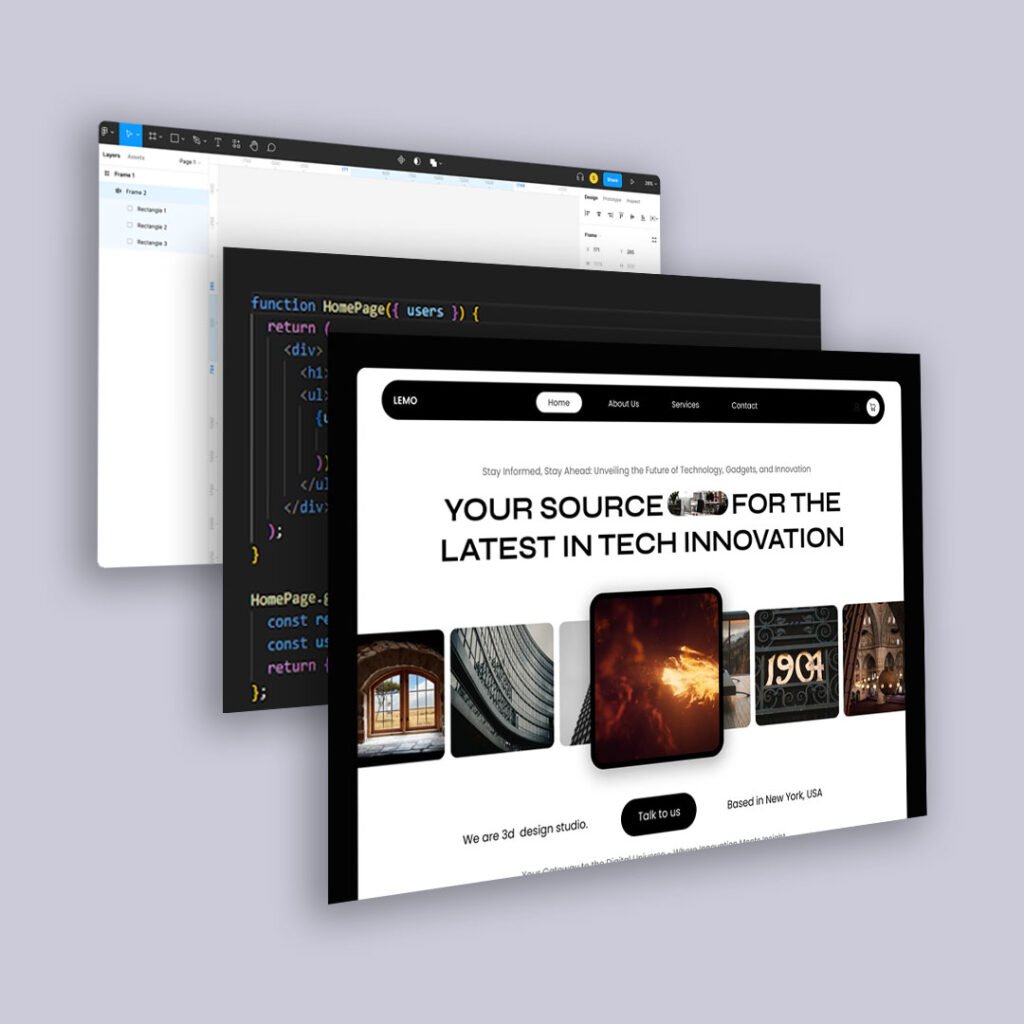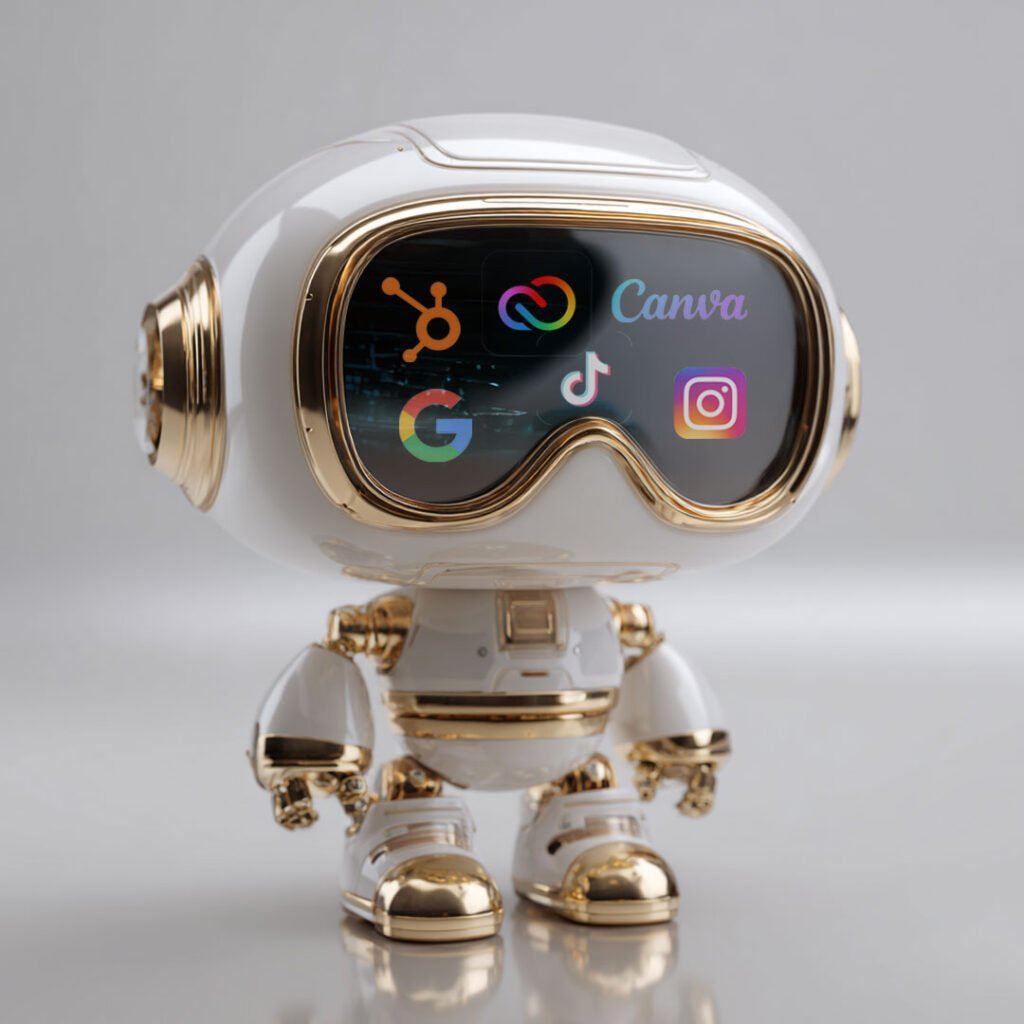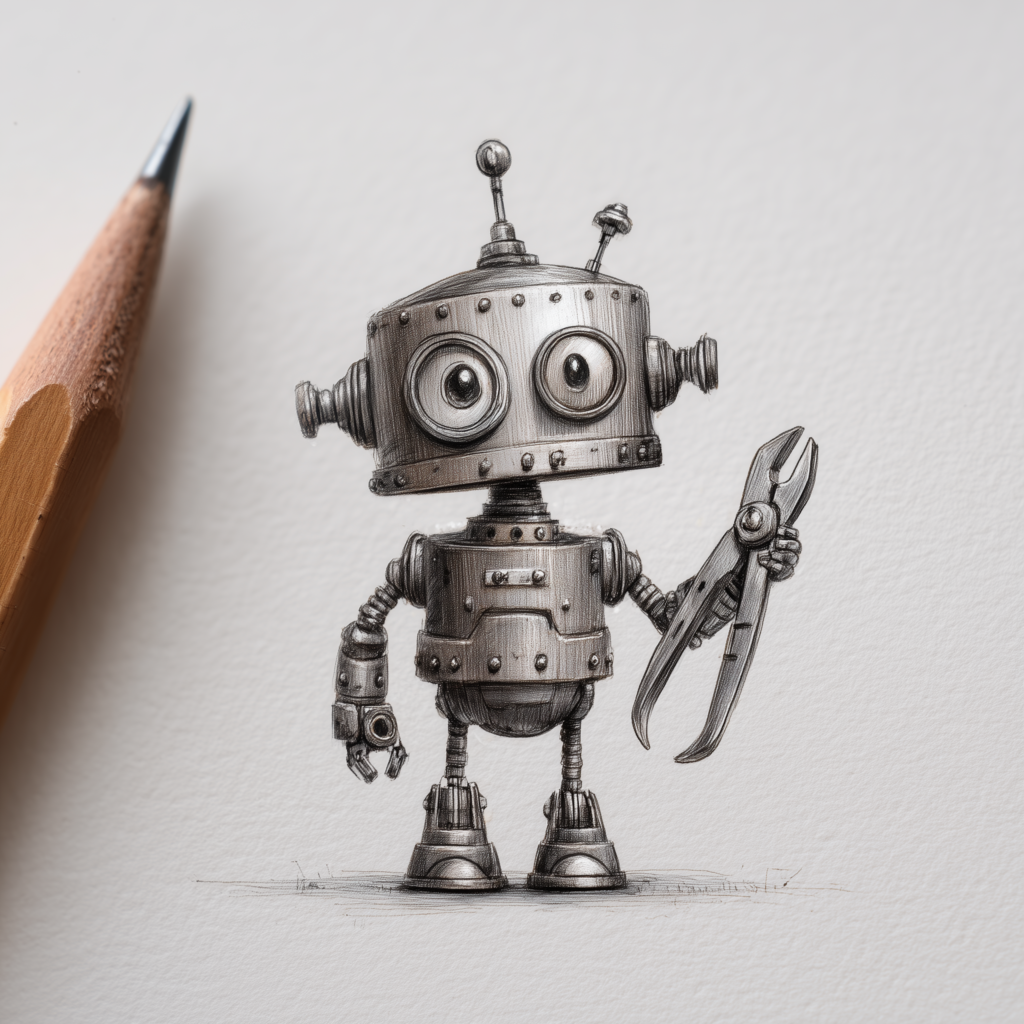AI makes writing easier. That part isn’t really up for debate. Whether you’re brainstorming, outlining, or just trying to hit a deadline, tools like ChatGPT offer something quick and polished enough to get the job done.
But ease isn’t everything.
A study out of MIT’s Media Lab took a closer look at what happens when we rely on AI to write for us. Not just in terms of output—but in terms of what’s going on in our brains while we use it.
Here’s What They Noticed
The study had participants write essays using one of three methods: ChatGPT, Google, or nothing at all. While they wrote, researchers recorded brain activity.
And that’s where things got interesting.
The people using AI had the lowest engagement overall—especially in areas tied to memory, creativity, and problem-solving. Their brains were quieter. And their process changed too. By the last essay, most had stopped thinking through what to say. They dropped in a prompt, skimmed the result, changed a few things, and called it done.
It worked. Technically. But something important was missing.
Writing Isn’t Just a Way to Communicate
It’s also how we think.
When you sit down to write something yourself—no shortcuts, no autocomplete—you’re doing more than typing. You’re sorting through thoughts, making decisions, realizing what you don’t know, and figuring out what matters. That process might be slow. It might be frustrating. But it teaches you something.
In creative and professional work alike, this process often leads to deeper insights—not just better phrasing. A sentence you build on your own is more likely to reflect your voice and intention than one selected from a menu of auto-suggestions.
The people who didn’t use AI in the MIT study? They wrote stronger essays. They remembered more. They described feeling more connected to what they made.
It wasn’t faster. But it was deeper.
So What’s the Risk?
The more we skip the struggle, the more we lose the muscle.
AI doesn’t just help us move faster. It helps us bypass friction. And while that sounds good, friction is where a lot of the value actually lives. That’s the place where insight forms. It’s where we make sense of things, instead of just reacting to words on a screen.
It’s worth noting that creative friction isn’t just cognitive—it’s emotional too. There’s uncertainty in writing something original. There’s self-doubt. There’s revision. But those uncomfortable steps are part of what builds clarity, resilience, and perspective.
If we let AI do the heavy lifting often enough, it’s easy to forget how we ever did it on our own.
Use It—Just Don’t Let It Replace You
This isn’t about never using the tools. AI is useful. It’s efficient. It can even be creative in the right hands.
But it works best when we stay in the process. When we think with it, not around it.
That might look different for everyone. Maybe it’s jotting out a rough idea before prompting the tool. Maybe it’s rewriting the output in your own words instead of polishing what it gives you. Maybe it’s doing a final pass without AI at all, just to hear your own voice in the mix.
It helps to pause every so often and ask:
- Am I just filling space—or forming a point of view?
- Do I know what I want to say before I ask for help?
- Would I be proud to sign my name at the bottom of this?
Small questions. But they matter more than we think.
Final Thought
Our ability to think clearly, create something original, and explain what we mean—it doesn’t vanish overnight. It slips, little by little, when we stop using it. And most of the time, we don’t notice until it’s already dulled.
AI can support the work. But the thinking part? That’s still on us.





